Anatomy Of A Functioning Kitchen
As an Amazon Associate and member of other affiliate programs, I earn from qualifying purchases.
Now that Fall is here and the grill is shut down for the season the food focus shifts inward and we are spending more time in our kitchens. Give me a couple of months and I will be longing for the sunny summer days long gone but right now I’m looking forward to the many transitions that accompany the Fall Season. Last week we delved into the Fall Closet Swap and this week I’m focused on the heart of the home – The Kitchen. Organizing your kitchen properly leads to more enjoyment while cooking, less wasted time locating things and quick, efficient clean-up. Since it’s the room where you spend the most time it is especially deserving of a function makeover.
When I organize a kitchen I’m focused on a few key areas. Not only is every kitchen different, family dynamics and cooking styles vary widely from household to household so using the same layout for all does not produce good outcomes. Focusing on the most important components of a functional kitchen and fitting them into an existing layout enables a streamlined experience for everyone involved, which is what we are all after as we enter the season of stews, roasts and cookies!
pantry
Storing and preparing food is the primary function of a kitchen. Having your food staples visible and within easy reach will keep you more motivated and less frazzled when it’s time to cook dinner or pack lunches. Keeping your categories together in zones is the key to both ‘visible’ and ‘within easy reach.’ Pantries come in all shapes and sizes; I’ve organized kitchens with no pantry to speak of and learned that a zone approach is the one that works no matter what configuration you have. When I’m organizing a kitchen I separate the food into 2 larger categories: Ready-To-Cook and Ready-To-Eat.
Ready-To-Cook Zones
In terms of cooking & prep, the highest velocity categories in your kitchen are likely Oils & Vinegars. You want to keep these items together and within easy reach of your range & prep area. A turntable or two will keep everything visible and they should preside over the most convenient shelf in the pantry. Spices are another High Velocity category for anyone who cooks from scratch – they should also be close to where you prep & mix.
Baking Goods (flours, sugars, cornmeal, starches, etc.) are staples that aren’t necessarily in daily use but should always be on hand. They can occupy some premium real estate as well but not the number 1 spot.
Pasta & Rice get pretty good play in most homes, they should be together, visible and adjacent to Instagram’s favorite category – Canned Goods! Here’s where your canned tomatoes, beans, veggies and soups should live (and if you don’t have 12 of the same canned good I applaud you.) A tiered shelf insert will help keep the cans visible and easy to grab.
Ready-To-Eat Zones
Give Breakfast (cereal, bars, instant oatmeal, etc.) its own zone. When they hit the right age, breakfast is the first meal kids will be able to make for themselves so make it easy for them! Low shelves & cupboards are great for cereal, if you have to make some shelf-height adjustments to accommodate the tall cereal boxes or bins then do it, don’t stick them in an inconvenient place because they won’t fit. (If your pantry situation does not involve adjustable shelves then I recommend decanting your cereal into something the right height.)
Snack Food (chips, crackers, nuts, bars, etc.) is a very important zone and one that tends to over-run the other zones. Give it a really convenient spot (at the expense of all other categories if you have kids in your house.) and room to breathe. If you can swing it, keep the snacks in a completely different area from the Ready-To-Cook zones. Back in the day there was nothing more annoying to me than kids standing at the pantry door endlessly deciding what they wanted to eat when I was trying to get into the same pantry because I was cooking their dinner! Big, deep drawers work great for snacks and you can place them at the outskirts of the kitchen that’s even better!
I put Sweets in their own zone. Some people like them with snacks, some people don’t have them at all; I like to keep them up higher so they are more of an effort for anyone to get!
Once you’ve categorized everything from your pantry you’ll notice (despite what you see on Instagram) that you have a bunch of miscellaneous stuff that doesn’t fit into one of the above categories. Take one pass to throw out anything you don’t need/use. Take a second pass and place any items that are category-adjacent (e.g. soy sauce goes with oils & vinegar) with their friends. Whatever is left can go on a high shelf where you put things that are for occasional-use only.
COUNTERTOPS
Clear countertops are beautiful and calming. Clear countertops invite you to cook in your kitchen. Clear countertops are a pleasure to wipe down. And clear countertops are part of a well-functioning kitchen. I love clear counters! But first, some real-talk. It is unlikely that your counters will be completely clear. What I encourage you to do is pull everything off and hold auditions for who gets to hold a premium spot on the counter.
Two things that I like to remove from counters immediately are knives and spices. Both can be housed beautifully in drawers. Now, to do this you may need to do some decluttering to free up the drawer space but remember you can do hard things. My favorite knife storage insert protects the knives (and small fingers) – I like to use the drawer closest to where food prep is happening. Spices also are great in a drawer. If you cook a lot you may need a pretty big drawer but in a pinch you can pull out some less-frequently-used spices and place them in the pantry. There are a myriad of spice-drawer inserts to choose from – the challenging part is making the room.
Appliances are the other counter-clogging category. You need to be a bit ruthless here; we tend to accumulate appliances whenever a popular new one comes to market (Espresso Machine, InstaPot, Air Fryer, etc.) Some of these new goodies are real space-hogs and end up on the counter themselves or botting something else out of a cabinet or pantry to make space. Once you’ve pulled everything off your counters take a look at what is left. If you use it every day it is a candidate to stay (coffee apparatus? toaster? toaster oven? blender? stand-mixer?) If you don’t use it every day find a home for it somewhere else (again, this may require some decluttering – if you haven’t used your panini-maker or George Foreman grill of late say goodbye, you can grill outside and make panini in a pan!) If you have any duplication (toaster AND toaster oven?) pick one that gets to be on the counter, the other can move to pantry or cabinet.
What else is left? Paper Towel holder? Compost bucket? Fruit basket? Wooden spoons? Again go pack to your filter, does item X get used every day. If no, move it off stage left. If yes then I like to ensure that whatever it is is housed in something functional and beautiful so it blends in with the rest of your kitchen and looks like it’s supposed to be there.
Voila! You’ve freed up space and your kitchen already feels bigger and cleaner, like someplace you want to hang out!
cookware
Three categories here and the recommendation is simple.
Pots & Pans stay near the stove/range and are great candidates for nesting. Keep your lids corralled in something like this – lids are occasional-use so they don’t need to be in the exact same spot as the pans. If your pots and pans are cramped do some decluttering and remove any duplicates. Very big items that are occasional use can live somewhere else – the idea is to make your cookware ‘shoppable’ so you aren’t entering into a wrestling match every time you go to scramble eggs.
Bakeware can be near the oven but if your oven and range are one appliance then I would prioritize the pots and pans and keep the bakeware in the next-closest spot. Nest round/oval and rectangular/square together, vertical dividers are a great solution to make cookie sheets accessible. Occasional-use items like the roaster for your Thanksgiving turkey can live somewhere further away and/or high up.
Mixing Bowls and their friends colanders and salad spinners are not officially cookware but they hang out a lot with their friends and need a convenient spot near the prep area. All of these items are round and can be easily nested. You may have accumulated many mixing bowls over the years so do a quick edit before identifying the best home for this category.
Those categories are your priorities for prime cabinet real estate, other items can take a backseat or elevator to a spot up high!
KIDS
Quick note on kids – if you’ve got some small ones in your house I recommend identifying a zone where it’s easy for them to help themselves to a plate/cup/bowl. The best place for this is a big, deep drawer. I wouldn’t even worry about keeping the drawer itself that organized, it’s mostly about convenience for the small people and when your serving ware of choice is plastic (like my favorite sets at Ikea!) then there are no worries about breaking anything. If you make it easy for them to develop some independence at a young age they will pay you back as they get older by doing things for themselves – it’s like magic!
There are obviously many more items that you use in your kitchen. My method is to get the key categories together and land their zones first. Once you have your anchor zones in place then you can fill in everything else around them. It’s kind of like putting together a puzzle. If you need help or get stuck, or if you liked reading this but don’t want to create your most functional kitchen yourself you can hit the button below and I’d be happy to help!

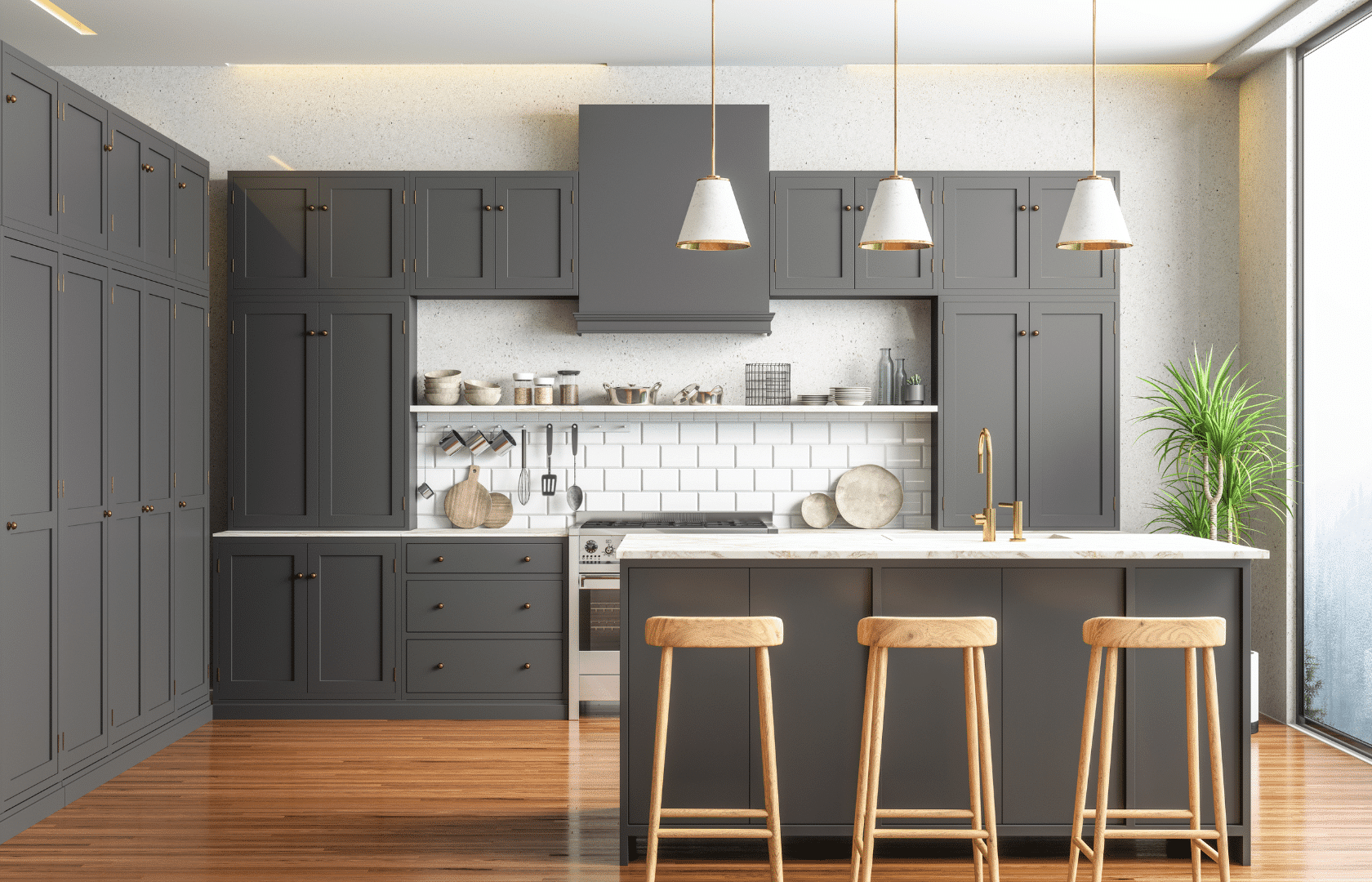
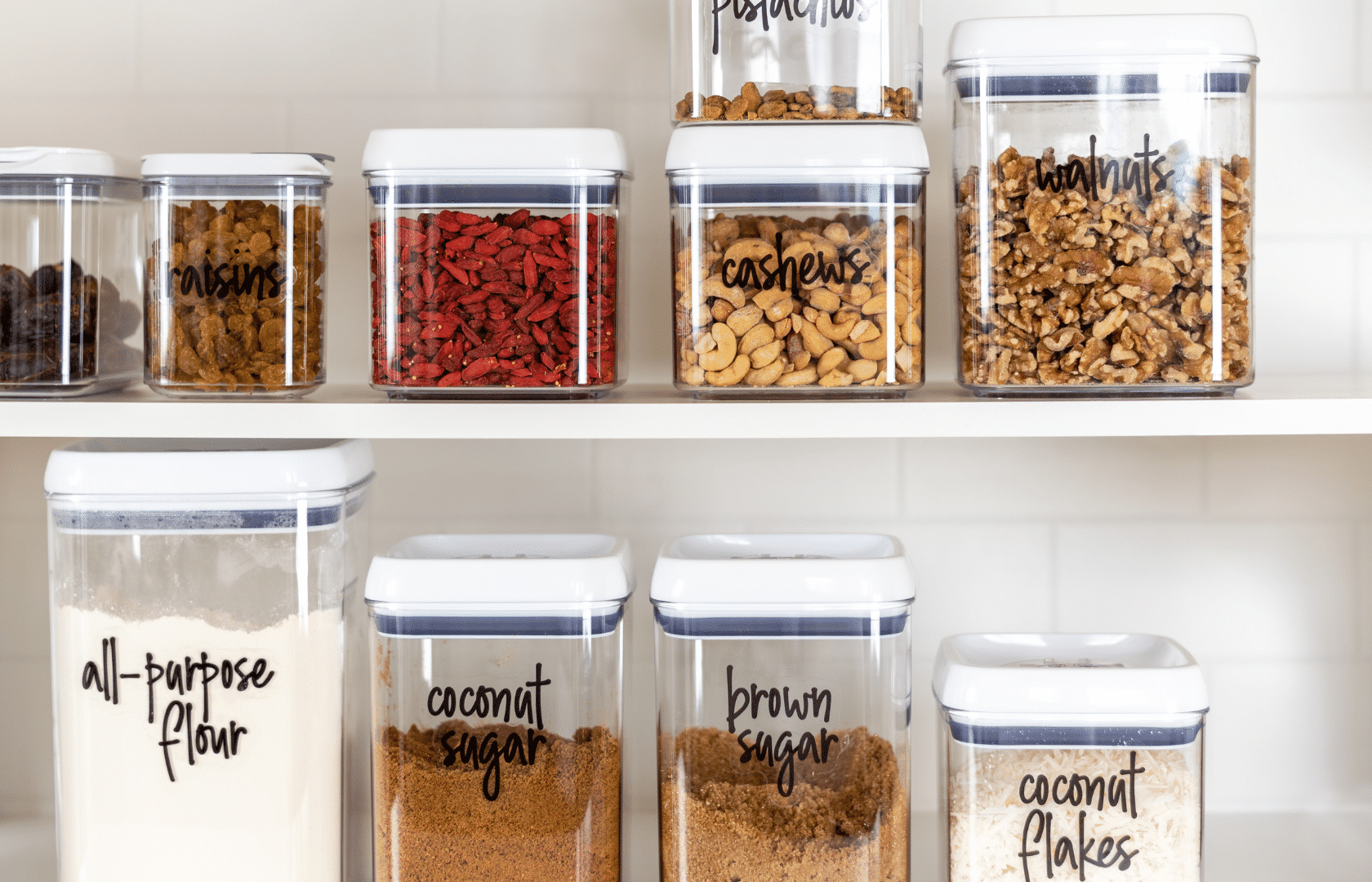
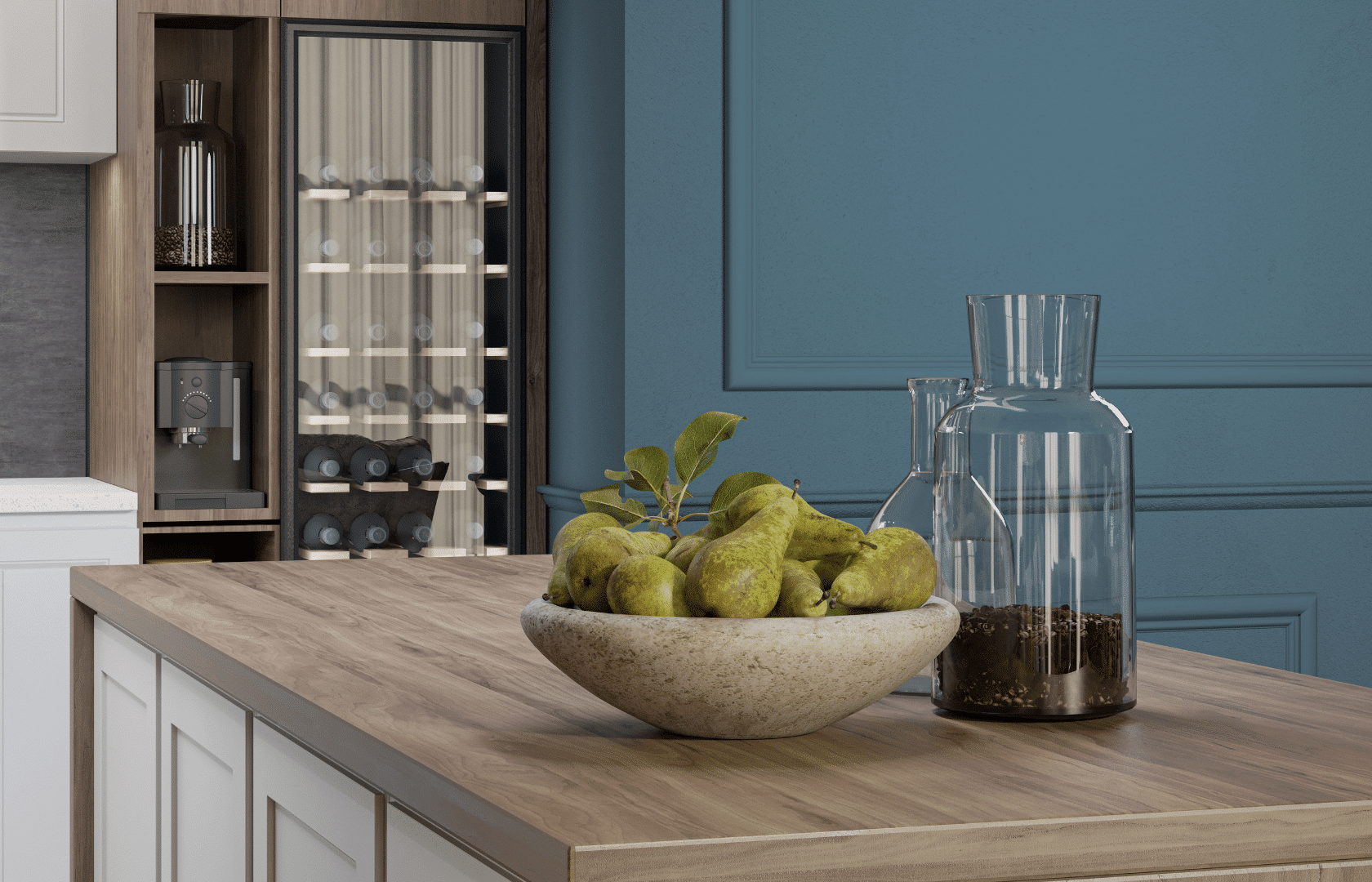
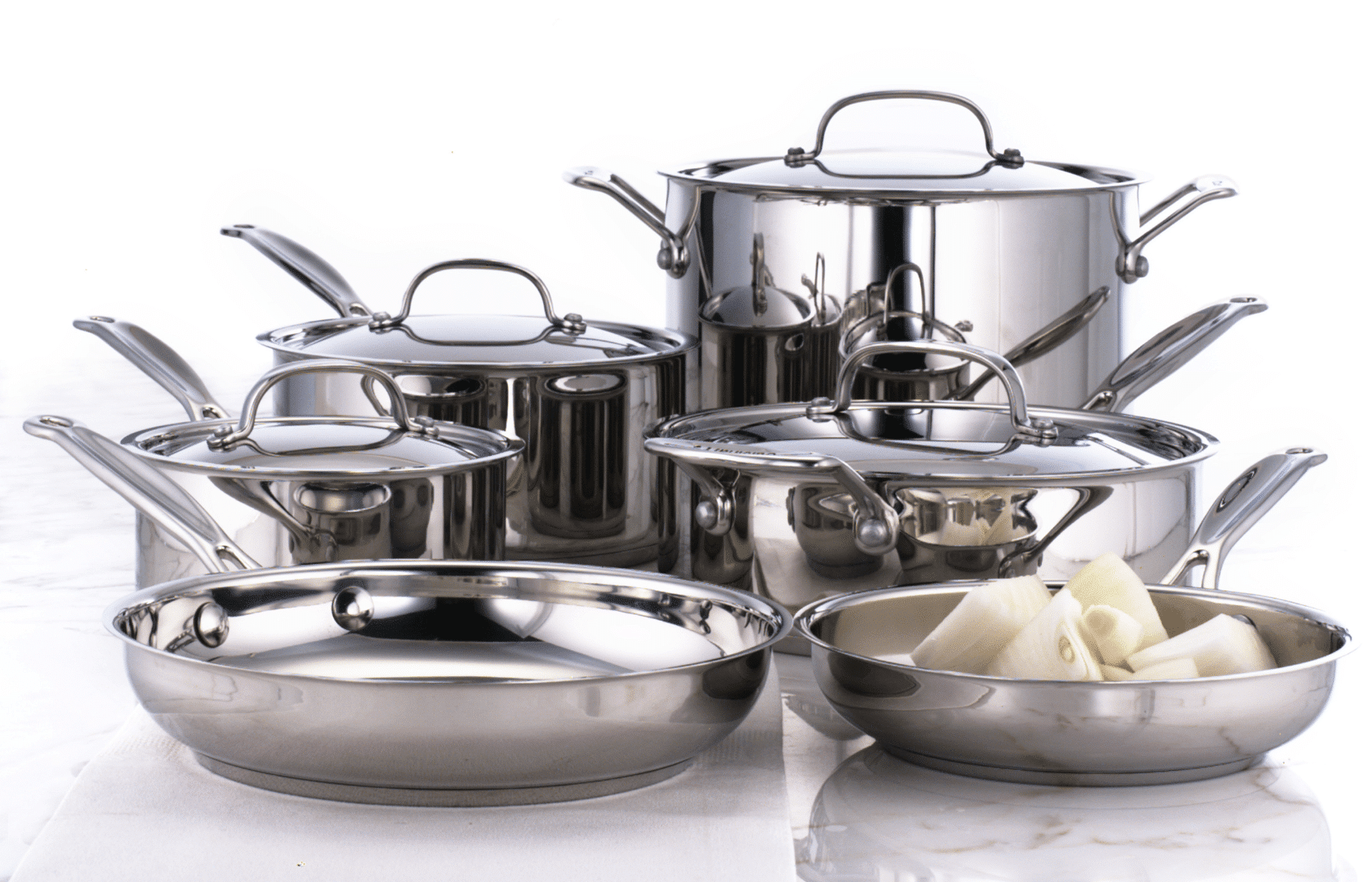
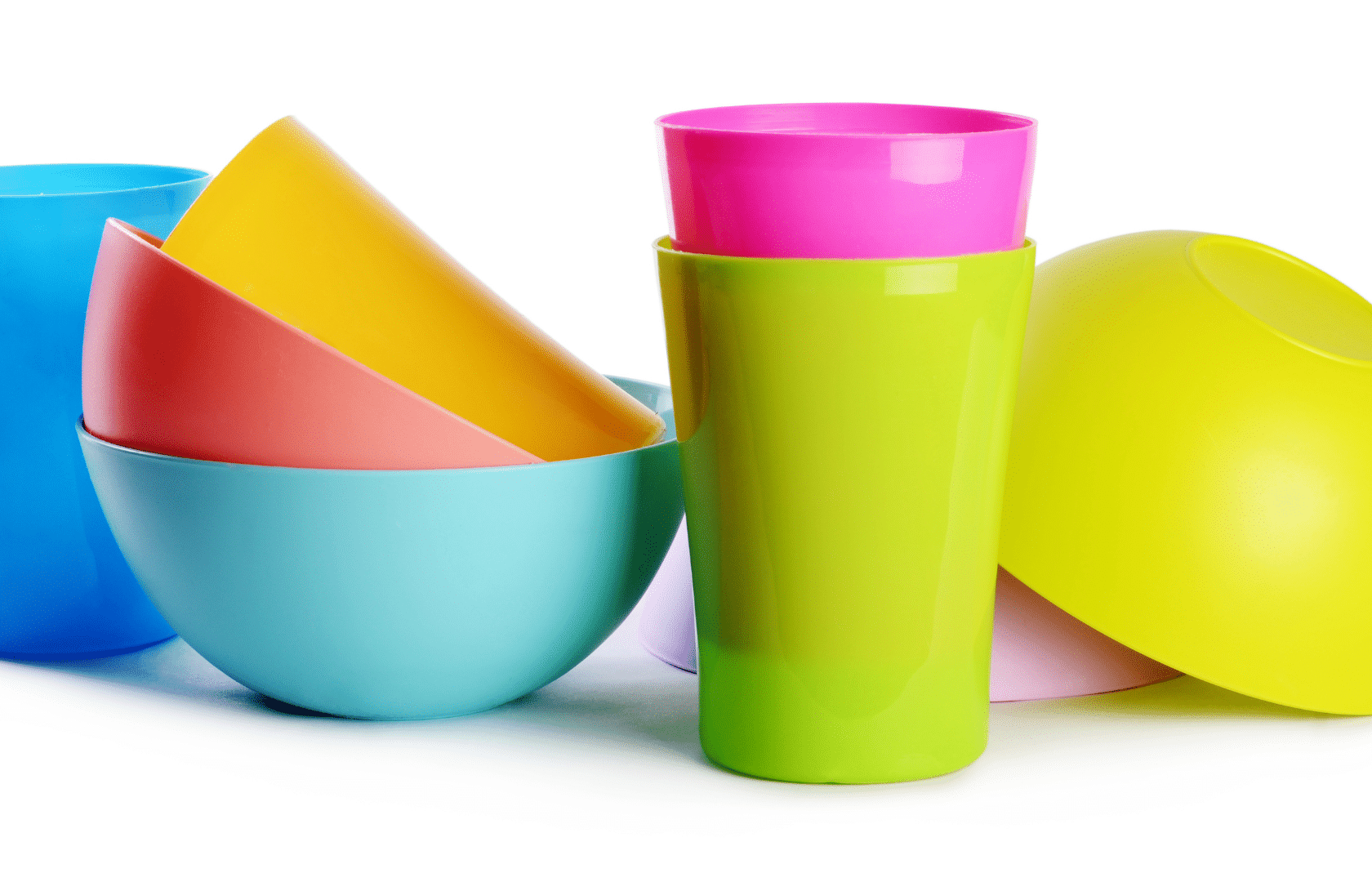

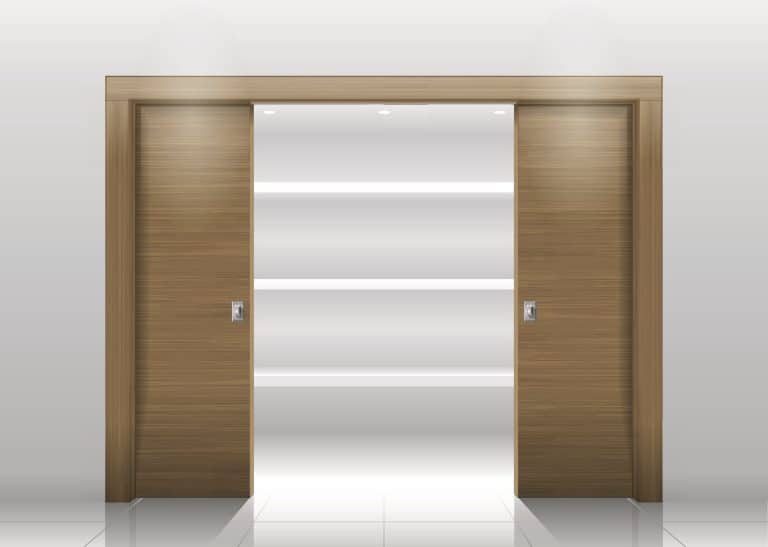
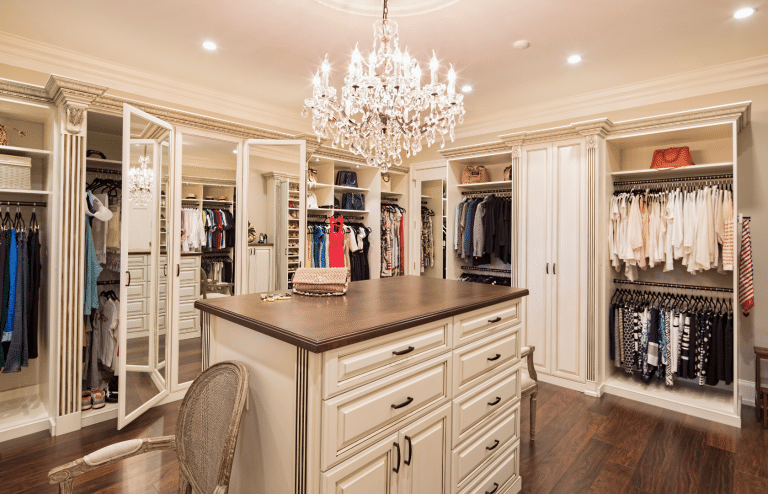
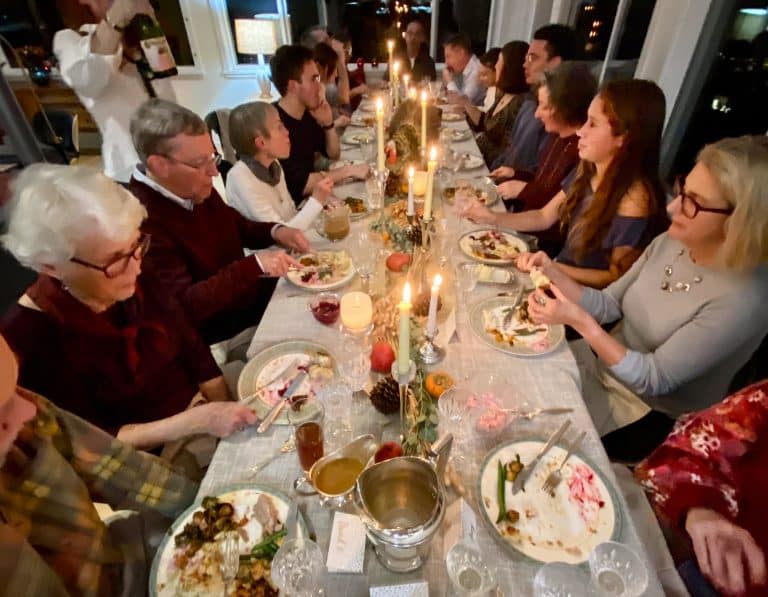
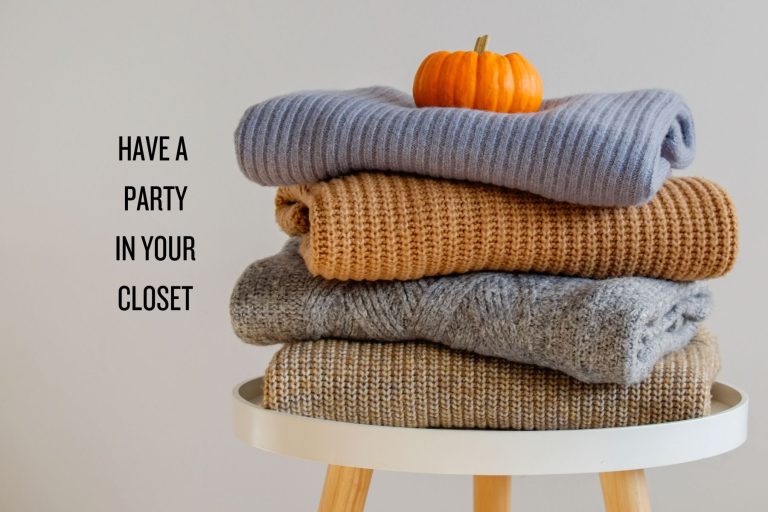

Method Seattle Comment Policy
We welcome relevant and respectful comments. Off-topic comments may be removed.
2 Comments